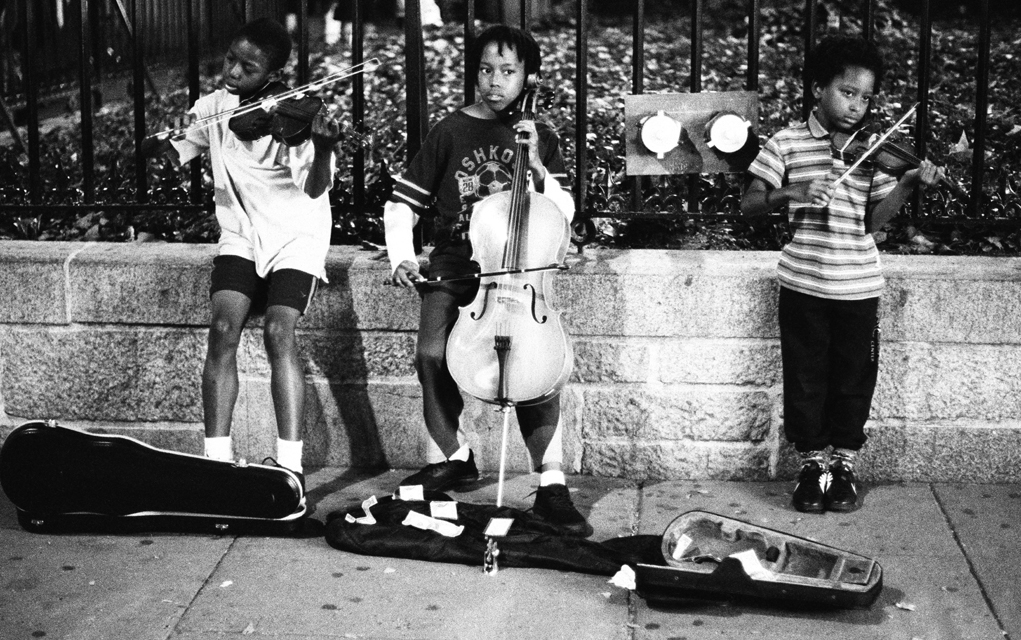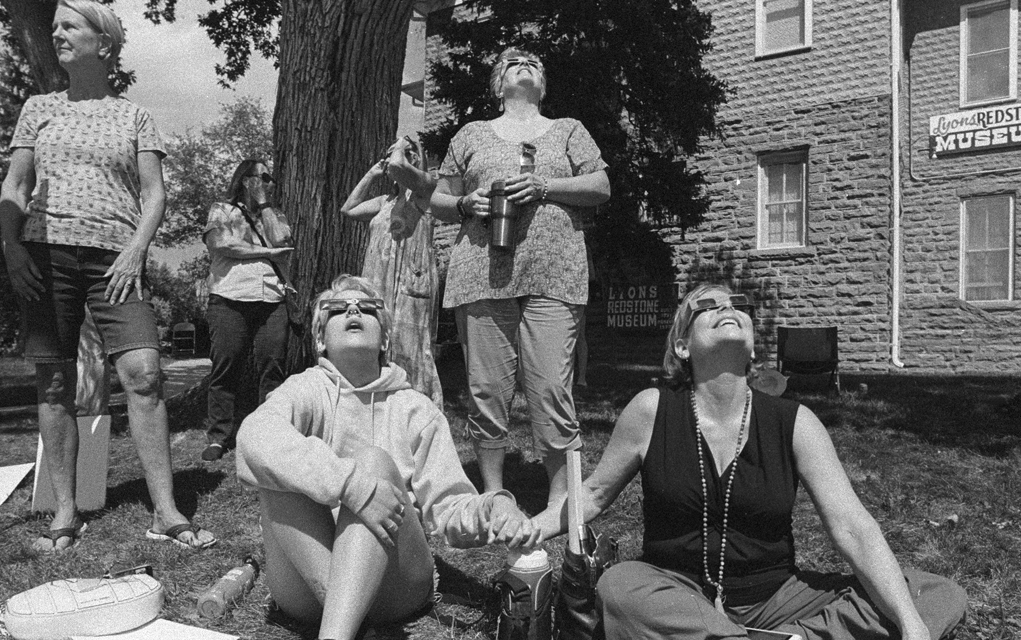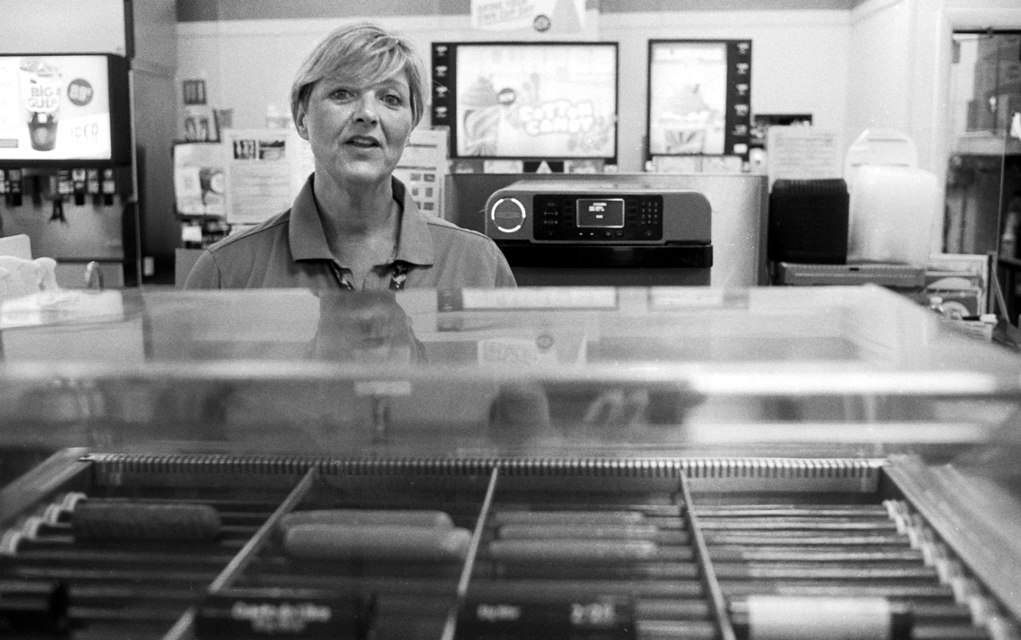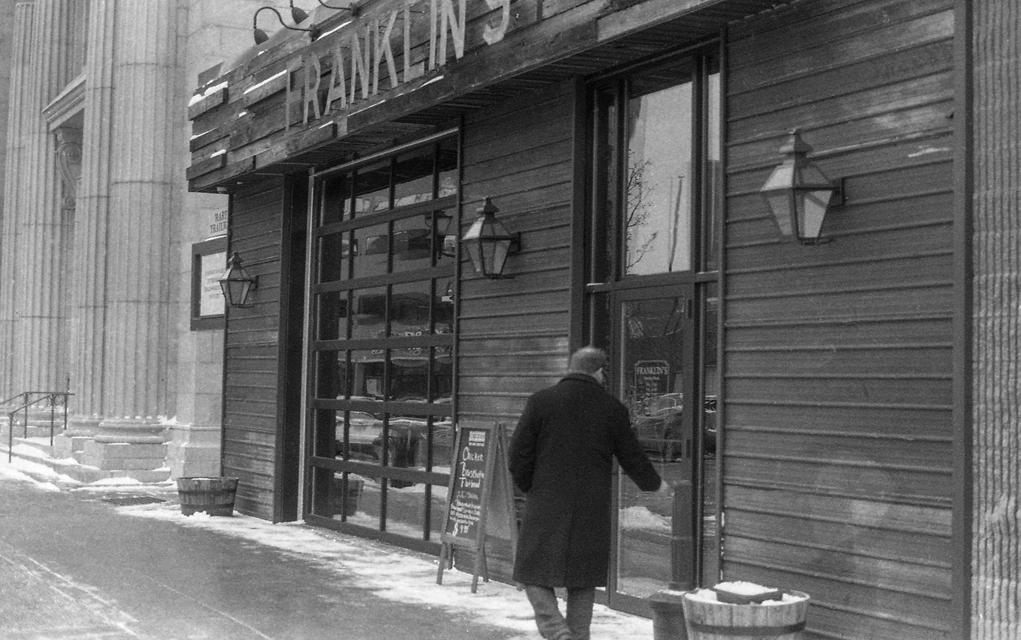
The woman cups her face with one hand, two kids with disheveled hair hang on her shoulders, rags lay in her lap. She stares out, almost despondent, apparent worry wrinkling her brow. Titled “Migrant Mother,” Dorothea Lange’s iconic photograph became the image of the Great Depression as the Dust Bowl swept through the American prairie and forced tens of thousands of people to abandon family farms and flee to the coast in search of work in the 1930s.
But the photograph wasn’t captured by accident. Lange was part of a dozen or so photographers hired to document poverty in the heartland by the Farm Security Administration (FSA), a New Deal federal agency charged with rural rehabilitation. Headed up by economist Roy Stryker, the FSA photo project produced more than 77,000 images with the intent to show the rest of the country what life was like for the rural poor. And Stryker made sure the often gritty photographs were made readily available to the national press.
“That was the point of all this, to show people, at the coast mostly, what rural America looked like because they had no idea of the suffering that was going on [during] the Depression and the Dust Bowl,” says Lyons photographer Kenneth Wajda. “It’s the most ordinary life stuff. They’re not just all the most amazing photography, they’re all about great truth and story.”
In the spirit of Stryker, Wajda launched a national film photography project in early July titled “Introducing America to Americans.” He put out a call for submissions on film photography forums and social media pages and built a website in hopes of creating an archive of life in the 2010s. Like the FSA project, he’s primarily looking for ordinary people “engaged in their life,” showing an array of emotions, an array of activities.

“What does a worker look like in Iowa today or in Pennsylvania? Or what does a birthday look like?” Wajda says. “Is there really some great divide between us in the country or if we saw each other would we say we aren’t that different from each other?”
Sharing these candid, routine aspects of life around the country, Wajda believes could be a way to unite us, even at a time when we may feel most divided.
“It could be beneficial for us [to see] ourselves as not all that different,” he says. “Maybe we don’t need to be as divided as the politics makes it seem like we are.”
As the project curator, Wajda is looking for photos that employ the art of storytelling, a skill he learned from his photojournalism days. Before moving to Colorado, he worked for the Times of Trenton in New Jersey for 13 years as a staff photographer. He enjoyed telling a story through his work, not just snapping posed pictures that could be easily disposable.
“I was a photojournalist who didn’t like to shoot perfect things and people would try to line everyone up. I’d tell them, ‘No, I like mine a little sloppy, I like mine a little real.’”

While the intent is to recruit participants from all 50 states, the project currently has photographers submitting work from seven states: California, New York, Kentucky, Colorado, Pennsylvania, Texas and Virginia.
“They’re not necessarily all clever photographs or amazing moments,” Wajda says. “I’m looking for real truthful kinds of ordinariness that tell you a little bit about people.”
Laurie Allen stands behind the hot dog warmer at a 7-11 in Hampton, Virginia. Wearing a polo shirt and short bob, she helps customers with their lunch order; Big Gulp and cotton candy machines are blurry behind her. Photographer David O. Garcia captures her mid-sentence it seems.

Like Wajda, Garcia also has a photojournalism background, as do several other photographers in the exhibit. But experience isn’t a prerequisite for submission, Wadja says.
Jesse Keats from Pennsylvania is only 20-years-old, drawn to the project by the ability to use film and follow in the footsteps of photographers he learned about in school, photographers like Dorothea Lange.
“I’m looking for people doing their everyday thing,” Keats says. “The little things in life that we may all take for granted, but it’s something that people years from now may find interesting.”
A man walks into a bar named Franklin’s on a cold winter evening in downtown Wilkes-Barre, Pennsylvania, just outside Scranton. The ice on the sidewalks paired with the man’s long peacoat make the frigid air almost tangible. It reminds Wajda of a scene from the 1940s. “That could be my father,” he laughs. “But that’s what I’m looking for. Not just things that look old necessarily, but they have a timelessness because it’s happening today and they’re not just vacation photos or selfies with food.”

The project is accepting both black and white and color, although Wadja has only received black and white submissions so far, perhaps because of the specific parameters Wajda has laid out.
Photographers must shoot film and submit not only a scan of the photograph, but also a picture of the negative. Film is more genuine Wajda says, the “aesthetic is real.” And photographers can’t rely on the editing process to doctor up their work.
Plus, negatives can be archived by the Library of Congress. Although “Introducing America to Americans” currently only exists at roystryker.com, Wajda hopes to gather enough photos from around the country to both publish a book and collate the negatives to submit to the Library of Congress, much like the FSA collection.
As these new FSA-inspired photographers capture specific moments in time, together they are telling the story of the U.S. here and now, and archiving these images will help tell that story to future generations. At the same time, there is a value to absorbing the photographs in the present, allowing the different stories they convey to shape how we see the country as a whole.
“We would have them as an archive of something that existed in 2017 during difficult political times and a changing environment,” Wajda says. “It almost feels like in the 1930s things were in great turmoil and it kind of feels like that now. It might be good to have America be seen by Americans again.”














